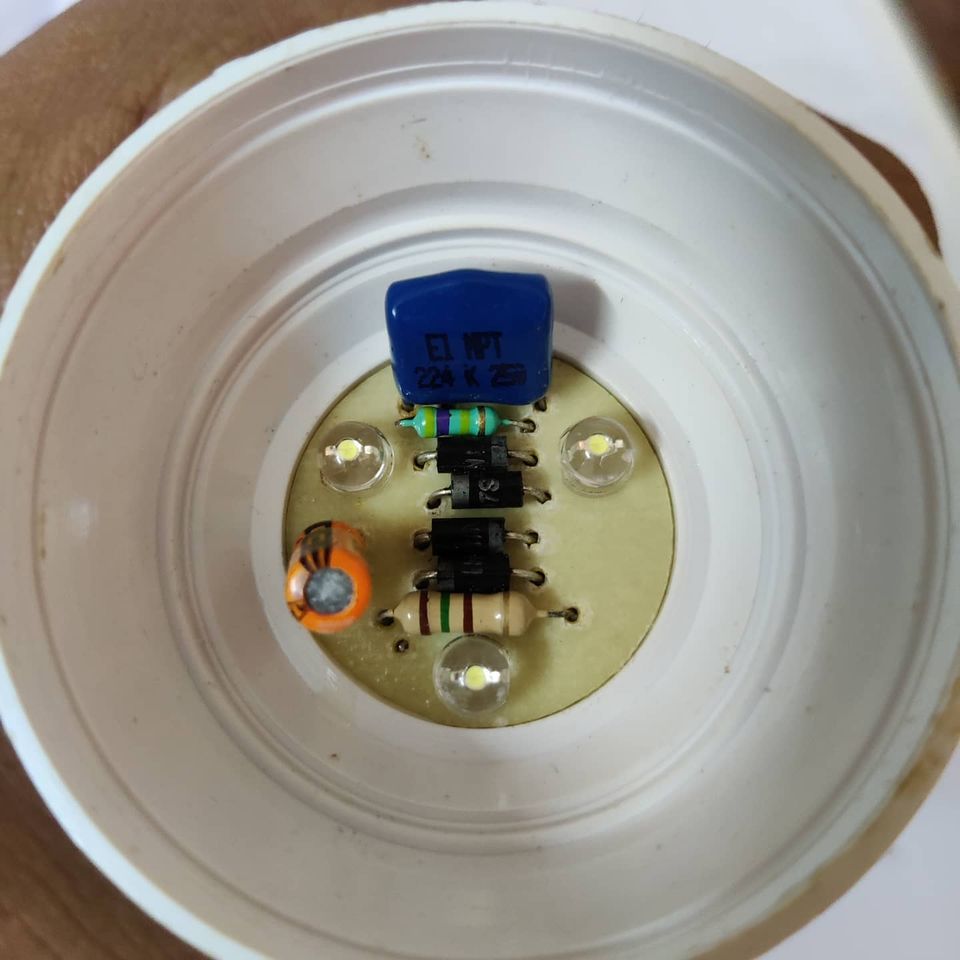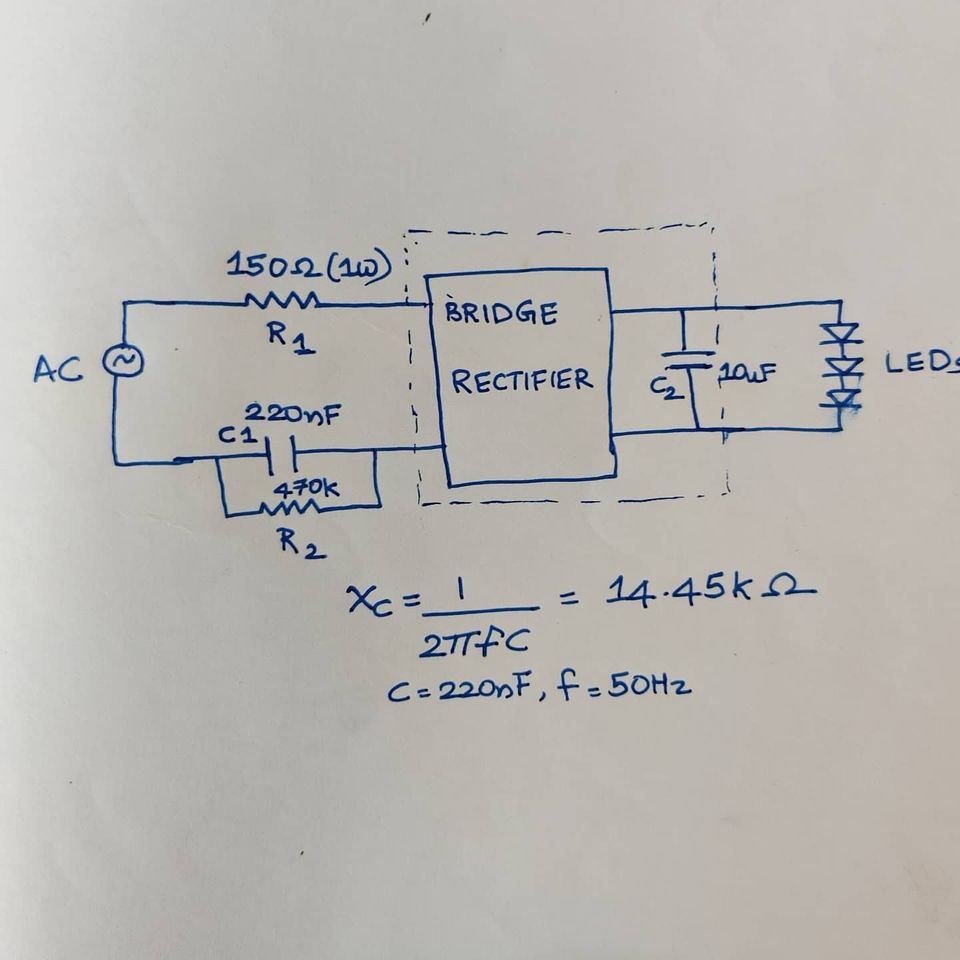Back to FPGAs after a long time. Time to refresh the basics with this TinyFPGA board. Trying to get the toolchain up and running today. Maybe a small project soon. 😀
It’s an open source project with a Lattice FPGA iCE40LP8K-CM81 with 7,680 four-input look-up tables and 41 I/O pins. Has 8Mbit SPI Flash. Should be exciting to get started on this with an entirely open source toolchain.
Back when I was an undergraduate, all we had were expensive Xilinx boards and toolchains with no tutorials/guides anywhere. Had to reach out to Xilinx reps via phone to get some help to get it working(and beyond a point you needed to pay them). Oh, how this FPGA segment has exploded in the last few years. Has anyone played with these? Any small user project suggestions are welcome.



